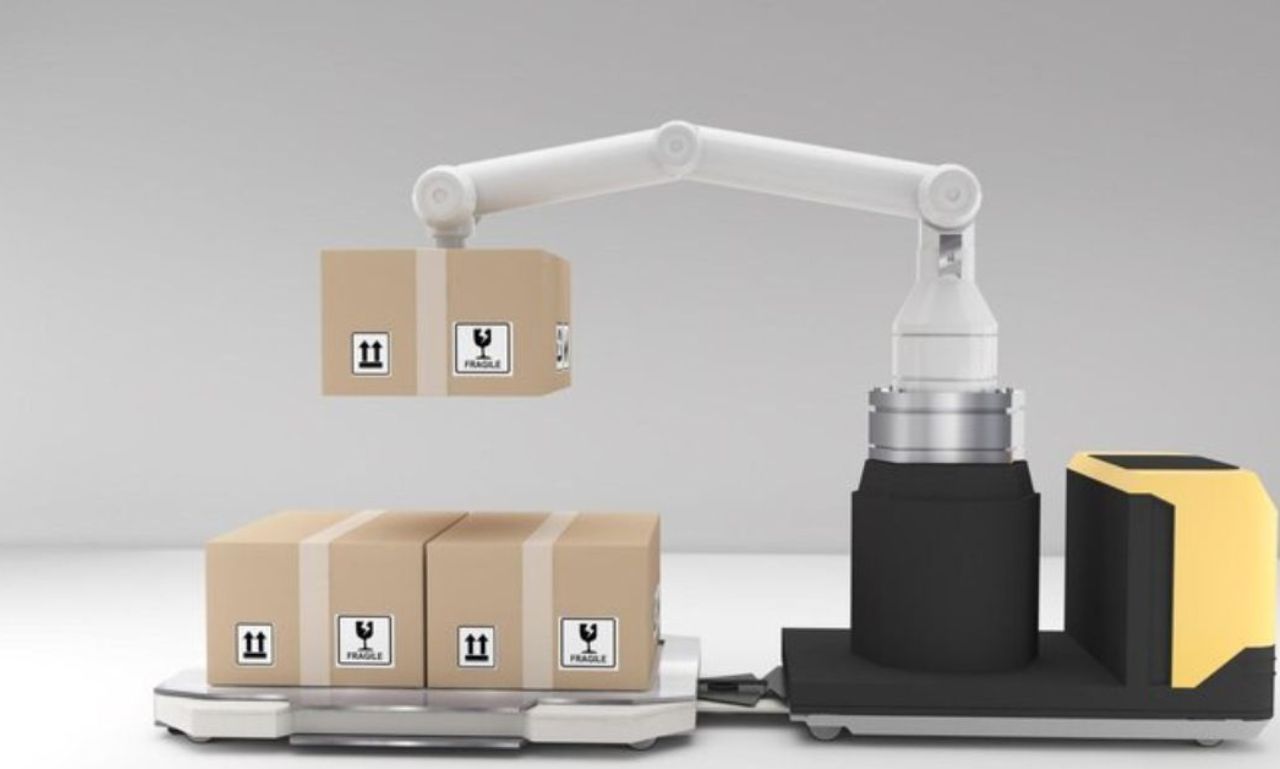Moisture is one of the most underestimated threats in global trade and storage. A slight change in humidity can spoil food, weaken medicine, corrode electronics, and damage textiles. Businesses often lose millions due to moisture-related issues, and customers lose trust when products arrive damaged. To solve this challenge, Hygropack has emerged as a modern packaging innovation that regulates humidity and protects products.
Hygropack is not just a simple desiccant—it represents a scientifically engineered solution that integrates into packaging, ensuring safety, quality, and durability. Its applications now span food safety, pharmaceuticals, electronics, and even logistics, making it one of the most important packaging tools of the modern era.
What is Hygropack?
Hygropack refers to moisture-absorbing packs or pouches designed to regulate humidity inside sealed packaging. These packs work by drawing in excess moisture and locking it inside their absorbent material, ensuring that the environment around the product remains dry and stable.
Unlike traditional moisture-absorbing methods, Hygropack is compact, efficient, eco-friendly, and customizable, which makes it ideal for use across multiple industries.
Key highlights of Hygropack include:
-
High absorption capacity compared to regular desiccants.
-
Long-lasting effectiveness in varied climates.
-
Safe and non-toxic materials for sensitive industries.
-
Scalability, from small consumer packs to industrial shipments.
Importance of Hygropack in Packaging
Why has Hygro-pack become essential in modern packaging? The answer lies in its ability to address the three biggest challenges caused by moisture:
-
Spoilage Prevention – In food products, moisture leads to mold, clumping, and bacterial growth.
-
Shelf Life Extension – Medicines and electronics are highly sensitive to humidity, requiring controlled storage.
-
Quality Assurance – Textiles, leather, and cosmetics can lose their appeal or functionality if exposed to dampness.
By solving these issues, Hygro-pack provides both economic savings and consumer confidence.
How it Works
The science behind Hygro-pack is simple yet powerful. It uses desiccant materials like silica gel, clay, molecular sieves, or eco-friendly absorbents packed into permeable sachets.
When placed inside packaging, the Hygro-pack actively attracts and traps moisture from the surrounding air. This process ensures that:
-
Humidity levels remain within safe ranges.
-
Products remain unaffected even in fluctuating temperatures.
-
The risk of mold, corrosion, and spoilage is eliminated.
This controlled environment acts as a protective shield, safeguarding goods from the inside out.
Types
Hygro-pack comes in different varieties, each tailored to specific industries:
1. Silica Gel Hygropack
-
Contains highly porous silica crystals.
-
Absorbs moisture rapidly.
-
Commonly used in electronics, shoes, and food.
2. Clay-Based Hygropack
-
Made from natural bentonite clay.
-
Eco-friendly and cost-effective.
-
Suitable for shipping containers and bulk goods.
3. Molecular Sieve Hygropack
-
Absorbs even at low humidity levels.
-
Perfect for pharmaceuticals and lab products.
-
Offers precise humidity control.
4. Biodegradable Hygropack
-
Developed with plant-based or recyclable materials.
-
Reduces environmental impact.
-
Increasingly popular in eco-conscious industries.
Hygropack in Different Industries
Hygropack in Food Packaging
Moisture can ruin food by causing mold, texture changes, or clumping in powders. Hygropack maintains freshness, protects flavor, and ensures that products like dried fruits, snacks, coffee, and spices remain safe and consumable.
Hygropack in Pharmaceuticals
Even slight humidity can degrade medicines, reducing their potency and shelf life. Hygro–pack is widely used in tablets, capsules, syrups, and diagnostic kits, ensuring stable performance and safety.
Hygropack in Electronics
Electronic components such as semiconductors, chips, and devices are prone to corrosion. Hygro-pack prevents condensation during shipping and storage, protecting sensitive devices from irreversible damage.
Hygropack in Textiles and Leather
Fabrics and leather goods are highly vulnerable to mold and odor. Hygr-opack ensures these products remain clean, fresh, and appealing, even during long-distance transport.
Hygropack in Logistics and Shipping
In large shipping containers, moisture can form due to condensation (“container rain”), damaging entire consignments. Bulk-sized Hygropacks act as container desiccants, keeping cargo safe throughout its journey.
Advantages
-
Reliable moisture absorption in all climates.
-
Prevents financial losses by reducing product spoilage.
-
Non-toxic and food-grade safe, ensuring health compliance.
-
Compact and lightweight, easy to integrate into packaging.
-
Cost-effective solution compared to damages from moisture.
-
Eco-friendly options available for sustainability goals.
Challenges in Adoption
While Hygro-pack offers clear benefits, challenges exist in widespread adoption:
-
Awareness Gaps – Many small businesses are unaware of advanced packaging solutions.
-
Cost Factors – High-quality Hygropacks can be expensive for low-margin industries.
-
Disposal Issues – Non-biodegradable variants may contribute to waste if not properly managed.
Solutions include industry education, bulk production for cost reduction, and the development of biodegradable alternatives.
Hygropack vs Traditional Moisture Control
| Aspect | Traditional Desiccants | Hygropack |
|---|---|---|
| Absorption | Limited, short-term | High-capacity, long-lasting |
| Safety | May contain harmful chemicals | Non-toxic, food-safe |
| Flexibility | One-size-fits-all | Customizable for industries |
| Sustainability | Often non-biodegradable | Eco-friendly versions available |
Future of Hygropack
The future of Hygropack lies in sustainable innovation and smart technology integration. Trends suggest that:
-
Biodegradable Hygropacks will dominate due to environmental regulations.
-
Smart Hygropacks with sensors may indicate when they are saturated and need replacement.
-
Industries like e-commerce and global shipping will increasingly adopt them to reduce losses.
-
Integration with IoT and blockchain could allow companies to track product safety in real time.
Hygropack will evolve from a passive protector into an active smart packaging solution, revolutionizing global supply chains.
Conclusion
Hygro-pack is more than a moisture absorber—it is a guardian of product integrity. From protecting food freshness to ensuring the potency of medicines and the durability of electronics, Hygro-pack has become indispensable in modern packaging.
Its efficiency, adaptability, and sustainability make it a future-proof solution for industries worldwide. As businesses and consumers demand higher quality and safer products, Hygro-pack is set to play an increasingly vital role in packaging technology.
By combining scientific innovation with practical application, Hygro-pack is shaping the way products are stored, shipped, and delivered—ensuring that they remain safe, effective, and trustworthy every step of the way.

